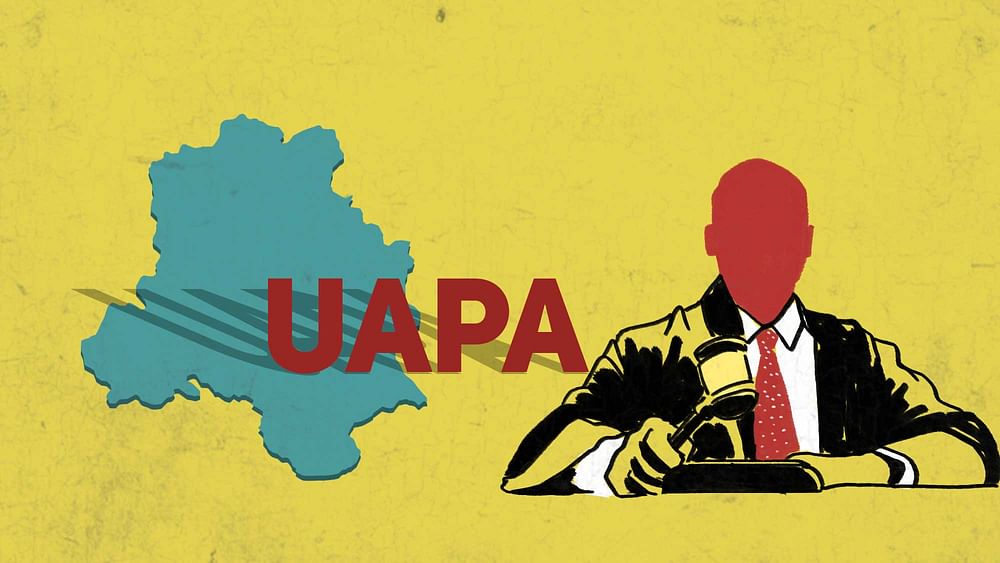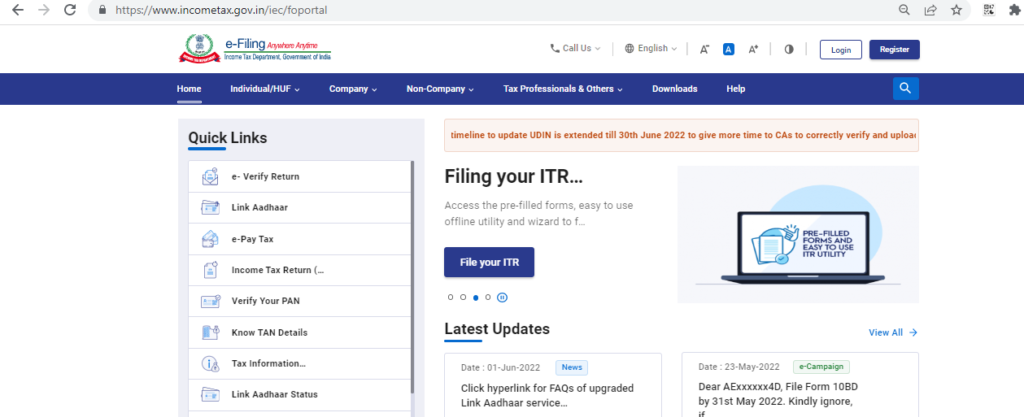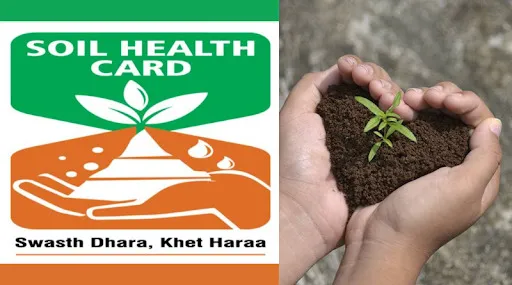SHC can be downloaded by the farmers from the SHC portal or through SMS link received on mobile. It will contain the status of his soil with respect to 12 parameters, namely N,P,K, S (Macro-nutrients); Zn, Fe, Cu, Mn, Bo (Micro – nutrients) ; and pH, EC, OC. Based on this, the SHC will also indicate fertilizer recommendations and soil amendment required for the farm. Component Rate Soil sampling, testing, and generation of SHC Rs 300 per SHC (Rs 40 for soil collection + Rs 150 for testing (analysing soil samples + cost of chemical) + Rs. 110 for awareness The key objectives of the scheme are as follows:• To promote soil test based nutrient management across the country• To issue soil health cards to all farmers across the country• Strengthen the functioning of soil testing laboratories and associated infrastructure • Capacity building of district and state level staff for promotion of nutrient management practices• To diagnose soil fertility related constraints with standardized procedures for sampling uniformly across states; and analyse and design fertilizer recommendations. Soil Health Card Scheme – Overview Soil Health Card (SHC) Scheme is a Government of India initiative promoted by the Department of Agriculture & Cooperation under the Ministry of Agriculture and Farmers’ Welfare. The scheme Soil Health Card is meant to give each farmer soil nutrient the status of their holding and advise them on the dosage of fertilizers and also the application of soil amendments that are needed to maintain soil health in the long run. The scheme is being implemented in all the States and Union Territories. The Soil Health Card SHC scheme provides for the analysis of soil composition by the State Governments once in every three years so that remedial steps can be taken to improve soil nutrients. Features of Soil Health Card Scheme The government is planning to cover as many as all farmers under the scheme. The scheme will cover all the parts of the country. In the form of a soil health card, the farmers will get a report which will contain all the details about the soil of their particular farm. A farmer will get the soil health card once every 3 years. Soil samples will be drawn in a grid of 2.5 ha in the irrigated area and 10 ha in the rain- fed area with the help of GPS tools and revenue maps. The State Government will collect samples through the staff of their Department of Agriculture or through the staff of an outsourced agency. The State Government may also involve the students of local Agriculture / Science Colleges. Soil Samples are generally taken two times in a year, after harvesting of Rabi and Kharif Crop respectively or when there is no standing crop in the field. Need of Soil Health Card Scheme Indian soils are working with negative nutrient balance to the tune of 12-14 million tons per year and the negative balance is likely to increase in future even after using the full potential of the fertilizer industry. The Nutrient deficiency in India is in the order of: 95, 94, 48, 25, 41, 20, 14, 8 and 6% for N, P, K, S, Zn, B, Fe, Mn and Cu respectively. The limiting nutrients do not allow the full expression of other nutrients, lowering the fertilizer response and crop productivity. The farmers in India do not know which types of crops they should grow to get maximum yield. Check out the detailed information on High Yield Crops in India on the given link. Basically, they do not know the quality and the type of their soil. Read about Types of Soil in India on the linked page. They might know by experience what crops grow and what crops fail. But are unaware of what they can do to improve the condition of the soil. What is a Soil Health Card? SHC is a printed report that a farmer will be handed over for each of his holdings. The Soil health Card will contain the status of his soil with respect to 12 parameters, namely N,P,K (Macronutrients); S (Secondary- nutrient); Zn, Fe, Cu, Mn, Bo (Micro – nutrients); and pH, EC, OC (Physical parameters). Based on this, the SHC will also indicate fertilizer recommendations and soil amendment required for the farm. Challenges with Soil Health Card Scheme Inadequate soil testing infrastructure. Microbial activity, moisture retention are essential but are missing in the Soil Health Card. Many farmers are unable to understand the content, thus unable to follow the recommended practices. Some important indicators such as cropping history, water resources or moisture of soil, slope, depth, color and texture of soil, and the Micro-biological activity etc are not included. Lack of Coordination among agricultural extension officers and farmers. Number of soil samples per unit area is not based on soil variability. The soil health card is more focused on chemical nutrient indicators; among physical and biological properties only soil color is included. Benefits of Soil Health Card Scheme The scheme will monitor the soil of the farmers well and will give them a formatted report to decide which crops should be cultivated and which ones should be skipped. The authorities will monitor the soil once every 3 years and provide a report to farmers on the changes in the nature of the soil and the associated factors. The experts employed by the government will help farmers in carrying out the corrective measures to improve the quality of the soil. With the available soil health card farmers can plan the future of their crops and land. They can also study the soil management practices. The government ensures that the same person is carrying out the soil analysis for the farmer which enhances the effectiveness of the scheme. Farmers will have proper idea of the nutrients missing in their soil which will help them in making decisions regarding crop investment. So, ultimately, the crop yield will see a rise. Farmers will also know the fertilizers they need for their soil. The main aim



